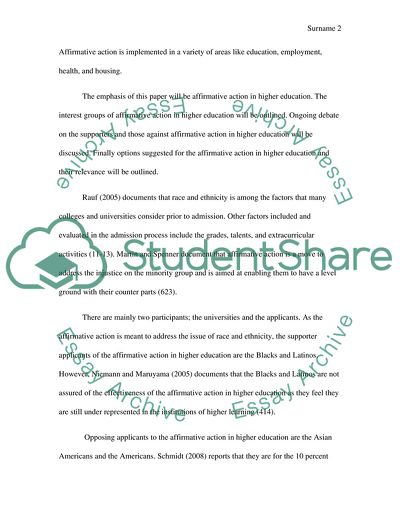Cite this document
(Affirmative Action in Higher Education Literature review, n.d.)
Affirmative Action in Higher Education Literature review. https://studentshare.org/sociology/1760015-affirmative-action-in-higher-education
Affirmative Action in Higher Education Literature review. https://studentshare.org/sociology/1760015-affirmative-action-in-higher-education
(Affirmative Action in Higher Education Literature Review)
Affirmative Action in Higher Education Literature Review. https://studentshare.org/sociology/1760015-affirmative-action-in-higher-education.
Affirmative Action in Higher Education Literature Review. https://studentshare.org/sociology/1760015-affirmative-action-in-higher-education.
“Affirmative Action in Higher Education Literature Review”. https://studentshare.org/sociology/1760015-affirmative-action-in-higher-education.


